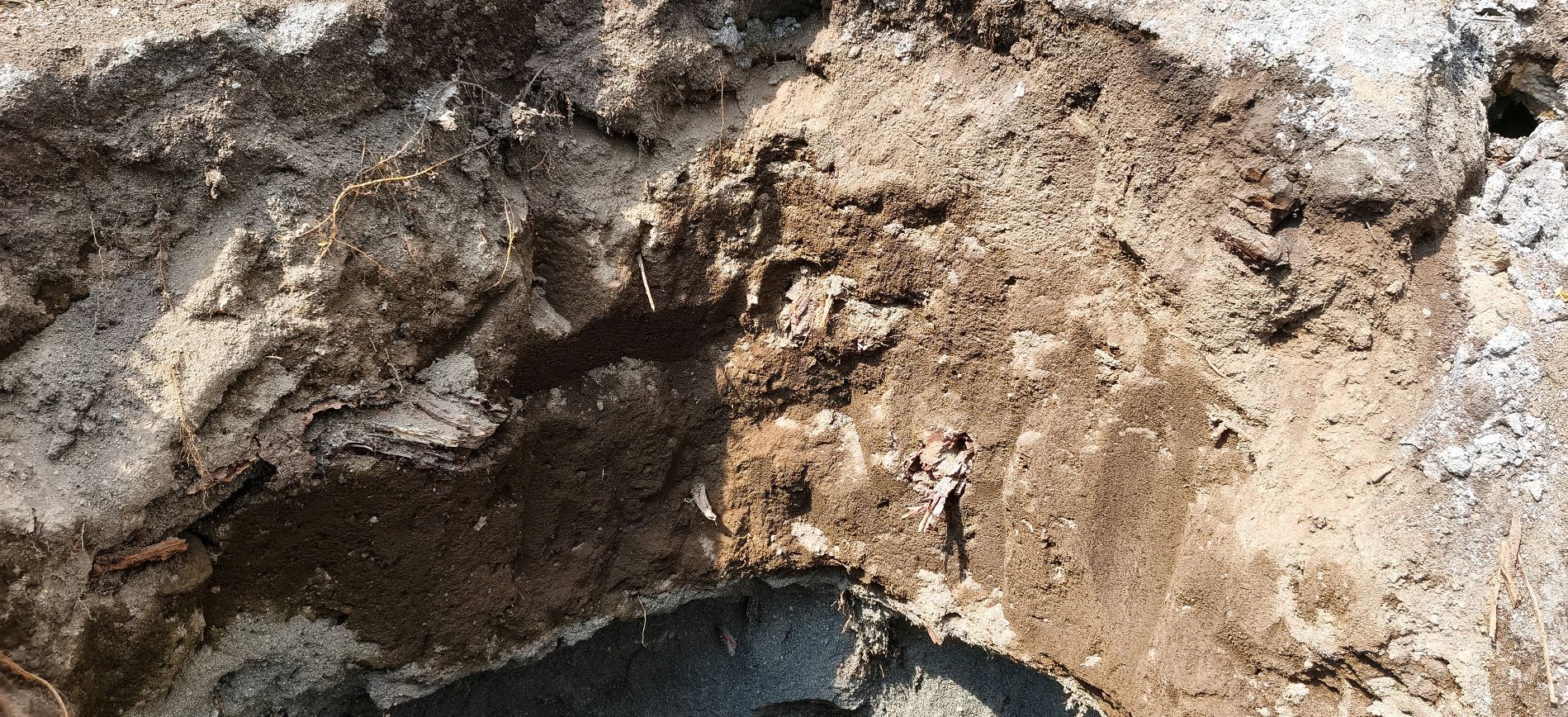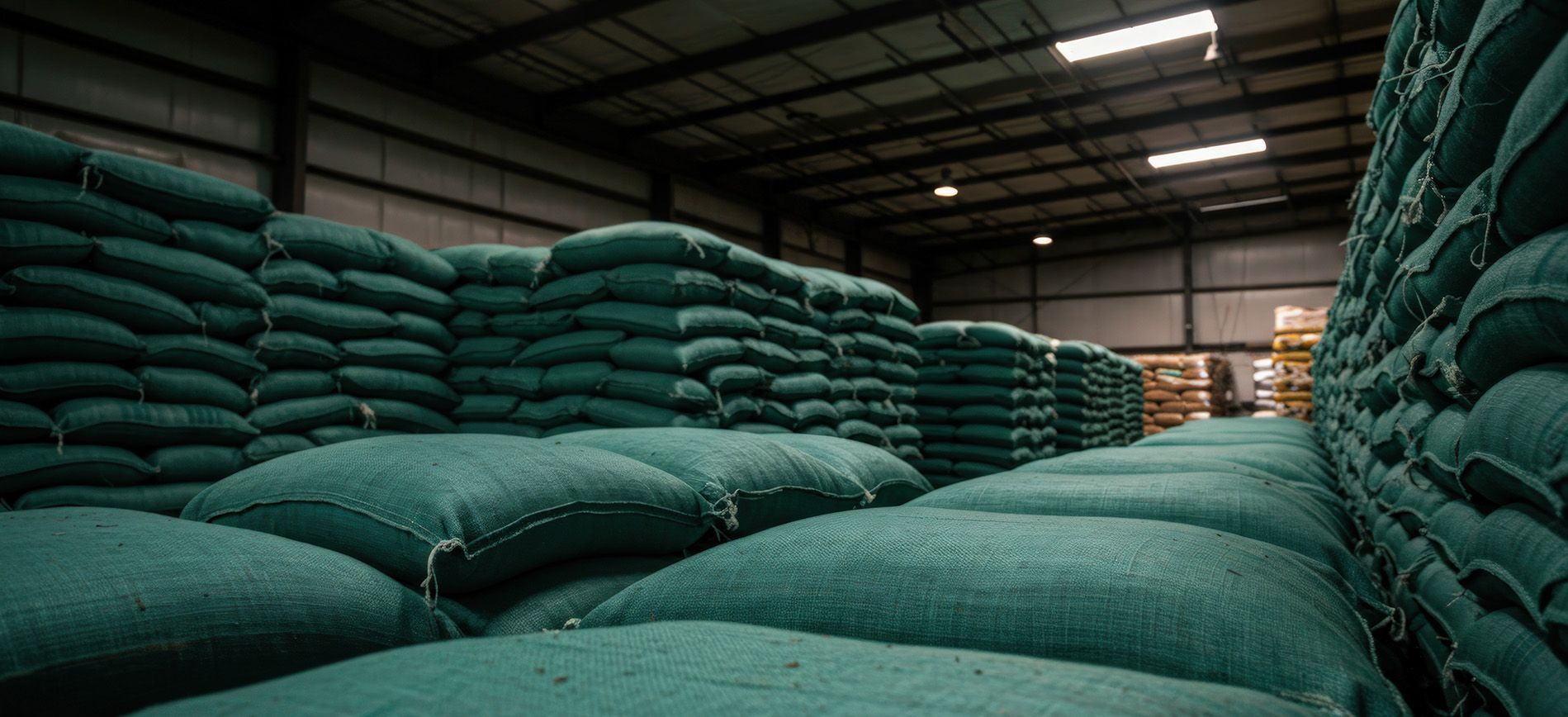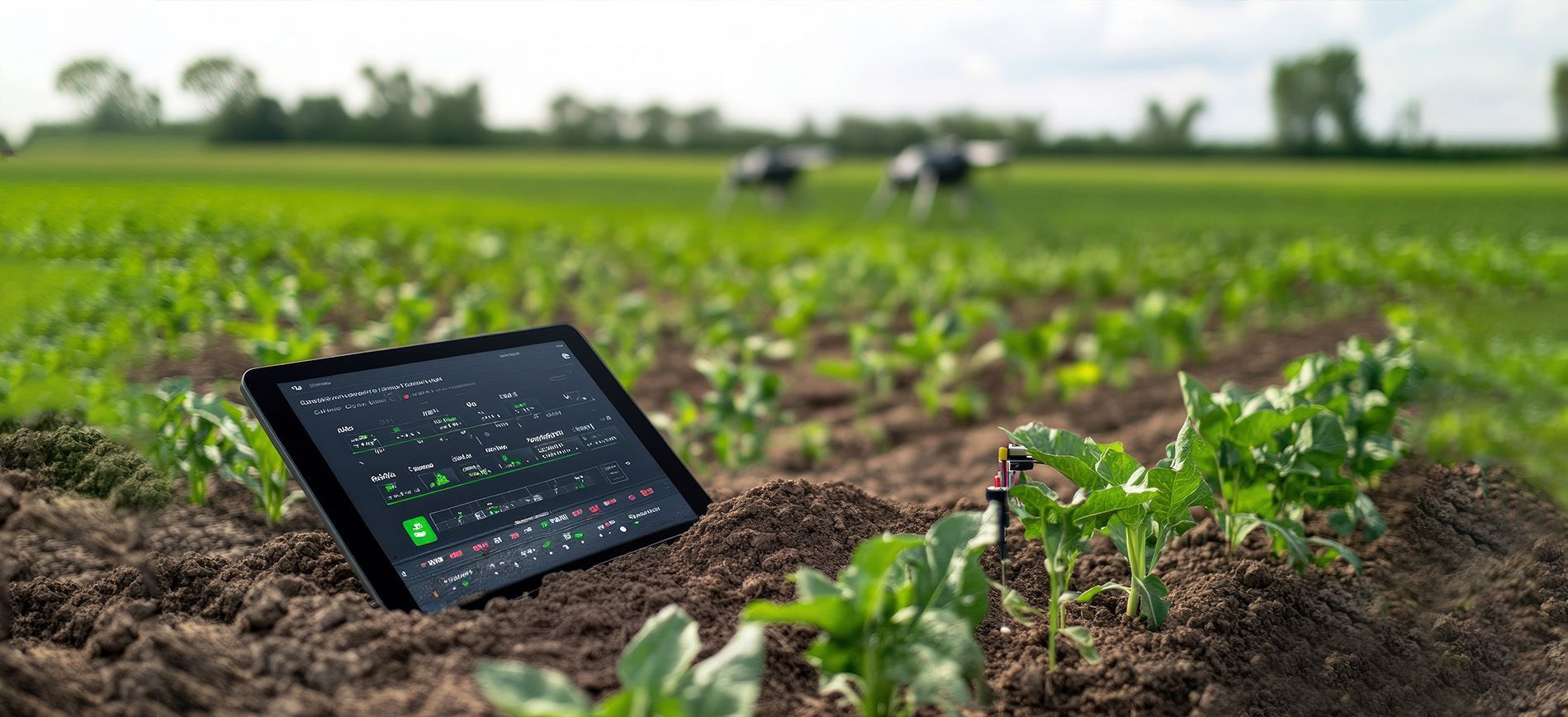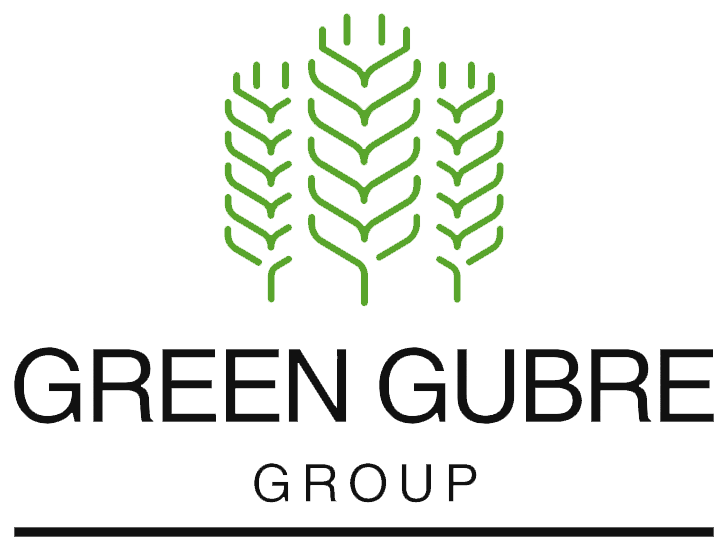The Future of Fertilizer Trade – Aligning Science, Policy, and Logistics Across Emerging Markets
The Future of Fertilizer Trade – Aligning Science, Policy, and Logistics Across Emerging Markets
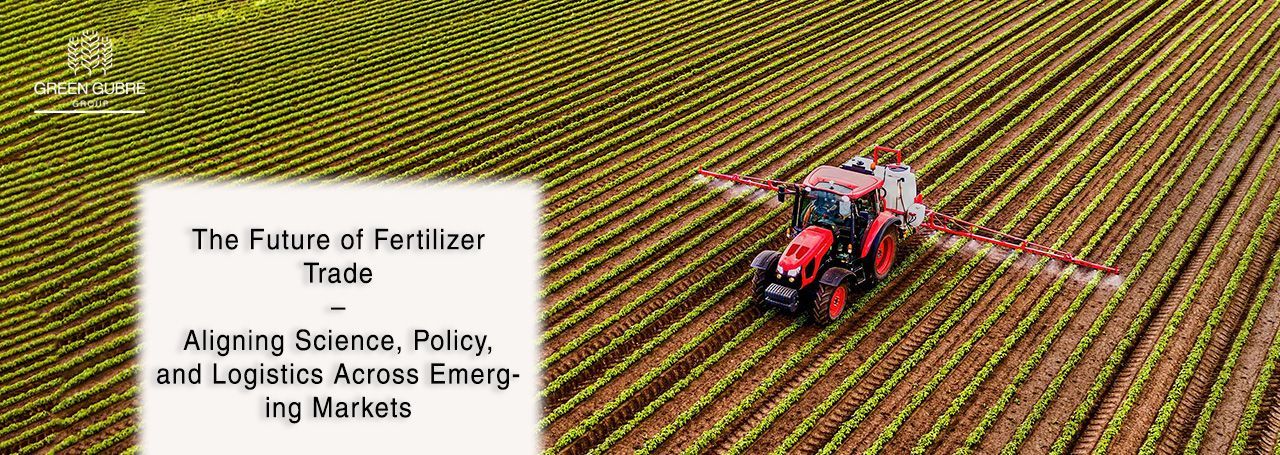
A Global Fertilizer Market in Transition—Understanding the Strategic Shifts. This blog delves into a topic of utmost strategic importance:
the future of the Fertilizer Trade. It's a crucial area that demands our collective attention as we navigate the evolving landscape of the global fertilizer market. As we progress into 2025, the fertilizer industry is in flux, driven by scientific innovation, regulatory disruption, and logistics modernization. Notably, emerging markets such as Africa, India, China, Turkey, and parts of Latin America are no longer mere consumers—they are actively and significantly shaping the new fertilizer economy, and their contributions are invaluable.
From nano-urea and green ammonia to CBAM compliance and real-time digital supply chains, the fertilizer trade is at the intersection of science, policy, and logistics. This blog strategically looks at how the future unfolds across these critical dimensions.
1. Science Driving Sustainability: Fertilizers Go High-Tech
The next generation of fertilizers is no longer just about N, P, and K. It’s about precision, efficiency, and sustainability, enabled by cutting-edge science.
Key Scientific Innovations:
- Nano-Urea: High absorption efficiency with minimal environmental footprint.
- Green Ammonia: Carbon-neutral fertilizer produced from renewable hydrogen and nitrogen.
- Micronutrient-Enriched NPKs: Custom-tailored blends for local soil and crop needs.
- Biostimulants & Biofertilizers: Increasing uptake in regions facing soil degradation.
These innovations are not just theoretical—they are already making a tangible difference in commercial use across India, China, East Africa, and Southeast Asia, revolutionizing how we approach fertilization.
2. Policy Shifts Reshaping Global Trade
Fertilizer trade is no longer governed by market forces alone—policy is now a primary driver. In 2025, exporters and importers alike must navigate a new regulatory landscape.
Major Policy Influencers:
- CBAM (EU): Exporters to Europe must track and offset carbon emissions across the value chain.
- India’s One Nation, One Fertilizer Policy: Standardizes branding and ensures quality control while supporting nano and green inputs.
- China’s Export Controls: Strategic restrictions on phosphate and nitrogen exports reshape global supply chains.
- Subsidy Reforms in Africa: Shifting from blanket subsidies to
digital voucher systems, such as blockchain-based subsidy distribution, tied to real-time logistics data.
The intersection of science-backed inputs and policy compliance is becoming the new standard for global competitiveness.
3. Logistics as a Competitive Edge
Science and policy are meaningless without logistics systems that efficiently move products from plant to port to plot.
Key Logistics Transformations:
- Regional Blending & Bagging Units: Expanding in Africa, Turkey, and India.
- Port Upgrades & Fertilizer Hubs: Strategic investments in Lomé, Mombasa, Shanghai, Vizag, and Santos.
- Digital Supply Chains: Blockchain, GPS tracking, and demand forecasting apps are now used to reduce cost and fertilizer waste.
- Packaging Innovation: Shift to smaller bags (5–10 kg), mobile-compatible designs, and reusable materials for smallholder farmers.
Logistics is no longer a mere support function—it has evolved into a strategic differentiator in the fertilizer trade.
4. Regional Leaders and Collaborators
In 2025, emerging markets will not just be competitors but also potential collaborators. Together, we can work towards securing fertilizer access while achieving sustainability goals, paving the way for a brighter and more integrated future in the fertilizer industry.
Key Movements by Region:
- India: From importer to exporter of nano-urea and green tech.
- Africa: Rising demand drives port and rail infrastructure upgrades and localized fertilizer production.
- China: Dominant in phosphate and green ammonia R&D; adjusting export policies for geopolitical leverage.
- Turkey: Regional logistics and trade hub bridging East and West; expanding domestic blending and trade agreements.
- Latin America: Brazil and Mexico are increasing the uptake of smart fertilizers and driving import diversification.
This multipolar system calls for strategic partnerships. Companies that can offer science-backed products and transparent logistics have a unique opportunity to shape the future of the fertilizer trade.
5. Strategic Forecast: What’s Next?
The fertilizer trade in 2026 and beyond will reward those who:
- Invest in carbon-neutral production and ESG compliance.
- Adopt digital logistics platforms to gain visibility, reduce costs, and prevent product loss.
- Build local capacity in blending, packaging, and micronutrient formulation.
- Create adaptive trade strategies that align with shifting policy and weather-driven agricultural cycles.
Global fertilizer trade will be defined by volume, value, traceability, and sustainability.
Conclusion: A Fertilizer Future Forged in Integration
The next chapter of the global fertilizer trade isn’t about any breakthrough. It’s about integration, where science, regulation, and logistics converge into a new, more intelligent, cleaner system.
For countries like India, Turkey, China, and the African continent, as well as companies like Green Gubre Group, the opportunity to lead the world toward an efficient, equitable, and climate-ready fertilizer future is enormous.
The future of fertilizer is here—and it’s interconnected.

